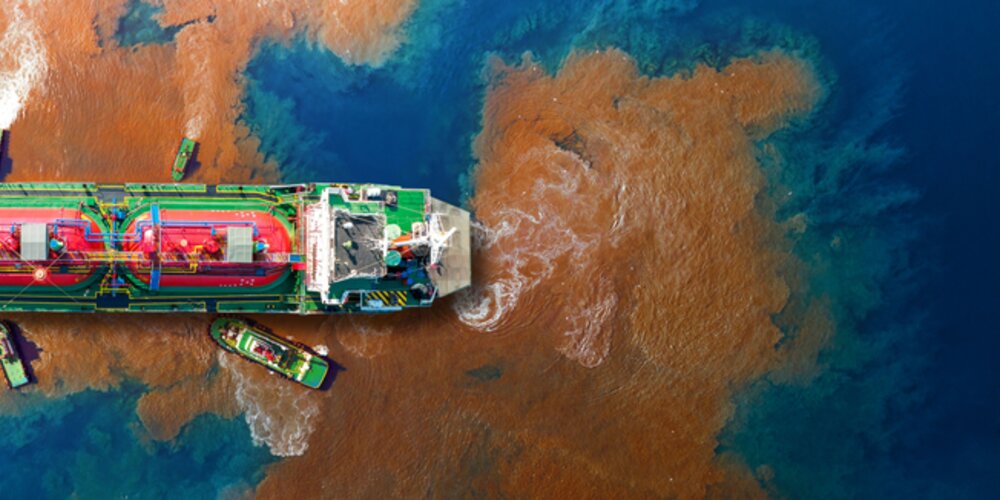Browse our services
Explore how Brookes Bell can help you
Find an expert
Meet our team, find and expert and connect
Contact us
Get in touch, we're here to help

The Oil Pollution Act of 1990 (OPA 90) has long been touted as one of the most effectively implemented pieces of legislation for the maritime sector. The statute looks to avoid oil spills from vessels and mitigate any potential environmental impacts that come as a result by assigning liability for the cost of clean-up and damage, enforcing specific operating procedures, implementing processes to measure damages and defining responsible parties. As a knock-on effect, OPA 90 has resulted in major instrumental changes to the oil production, transportation and distribution industries worldwide.
Next year, the legislation marks its 35th year of setting the standard for oil spill incident preparedness and response.
Exxon Valdez
On 24 March 1989, the oil tanker Exxon Valdez ran aground off the coast of Prince William Sound in Alaska rupturing its hull and spilling almost 11 million gallons of crude oil into the ocean. The environmental damage was huge, coating more than 1,300 miles of shoreline and killing thousands of birds and local wildlife.
The signing of OPA 90 was a direct result of public pressure on the US government to ensure an incident of this magnitude did not happen again. It gave new powers to the National Oceanic and Atmospheric Administration (NOAA) and established the Damage Assessment, Remediation and Restoration Program (DARRP) to determine the appropriate type and amount of restoration needed to offset the impact of oil spills.
The legislation also established the Oil Spill Liability Trust Fund, which has raised tens of billions of dollars over the past 35 years towards restoring marine and coastal environments. Crucially, the legislation has given the NOAA the capability to learn and evolve to new oil spill response incidents, assessment and restoration efforts.
For ship Owners and Operators that are trading in US waters and docking at US ports, the OPA 90 requirements are extensive. “All operators transiting through or at the United States must have a response plan in place in case of any oil spill incident. This is the same whether it is a large scale oil spill or a relatively minor one. The United States is hyperaware of the ramifications of oil spills compared to other jurisdictions, which is why the legislation has become so important since its signing,” said William Leschaeve, Senior Naval Architect at Brookes Bell, based in New York.
Associated Risks
OPA 90 was a major topic of discussion at this year’s CMA Shipping, which took place in early March in Stamford, Connecticut, which William, along with Monir Uddin, Principal Marine Engineer, attended on behalf of Brookes Bell.
One session, entitled ‘OPA 90 Successes, Challenges and Views of the Future’, took a deep dive into the importance of the legislation to the maritime sector, including how the law has helped shape shipping’s response to oil spills, as well as, crucially, how it could be improved in the future.
The session also examined the associated risks with lithium-ion batteries, offshore platforms and future fuels, such as ammonia or hydrogen, and how OPA 90 could be used in related incidents. It also looked at some of the lessons learned from recent incidents and what response, insurance and operating companies need to know about salvage and marine firefighting operations.
With extensive marine salvage and investigation expertise and capabilities, Brookes Bell has been supporting OPA 90 related cases for a number of years, providing multidisciplinary casualty response and project management systems to manage the largest and most complex of cases.
“We continue to support all manner of salvage cases that involve OPA 90 and are involved from the very outset to provide P&I Clubs and other key clients with the necessary guidance and support on the best steps forwards, costs, and other aspects of the salvage operations,” said William.
“Brookes Bell continues to support salvage cases and oil spill incidents when we are called upon to ensure we are able to help mitigate any potential environmental damage, as well as risks to the vessel and its cargo,” he added.